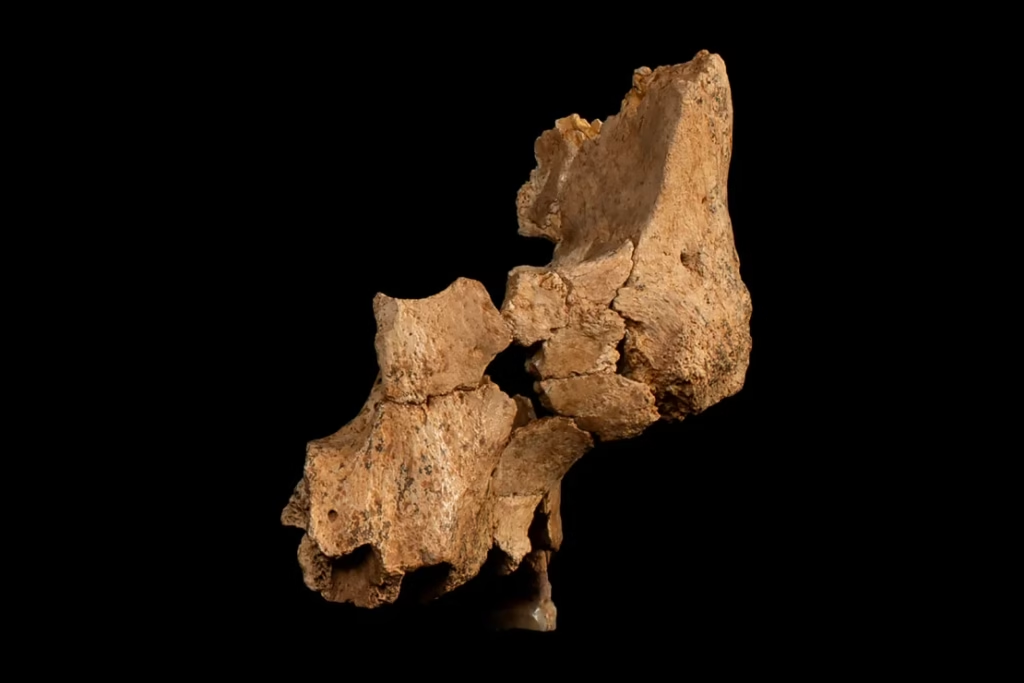Ancient Cave Reveals Discovery of Previously Unknown Human Population!

Scientists have just unveiled what could be a game changer in our understanding of human evolution. Dubbed “Pink,” the Ancient human face ever found in Western Europe has the potential to rewrite history. Discovered in the Iberian Peninsula of Spain, this ancient cave hominin lived between 1.1 and 1.4 million years ago, long before modern humans arrived in Europe.
A Face That Defies Expectations
The fossilized remains of “Pink” were found in the Sima del Elefante cave in 2022, a site that has previously yielded some of Europe’s oldest human remains. However, these new discoveries present a different type of hominin. Pink’s face does not fit the characteristics of other species previously found in the region, such as Homo antecessor, and is more aligned with Homo erectus, a species that lived in Africa over two million years ago.
- Distinct Facial Structure: Unlike other ancient humans in the region, Pink’s features are more primitive, resembling the Homo erectus face, specifically with a flat and underdeveloped nasal structure.
- A Link to Africa: Homo erectus was the first human species to develop upright walking and used stone tools for cutting, which suggests a level of sophistication in their behavior.

Uncovering a New Chapter in Human Evolution
Could Pink represent an entirely new human species? Researchers speculate that this hominin could be one of the earliest humans to reach Europe, before being wiped out by a sudden climate shift. The evidence is compelling, and Pink’s discovery has provided a crucial glimpse into a period of human migration.
- Timing of the Discovery: Dated between 1.1 and 1.4 million years ago, Pink’s remains predate Homo sapiens by 45,000 years.
- Tool Use: Alongside the remains, In Ancient Cave scientists discovered stone tools made from quartz and flint, indicating that Pink’s group had already developed a rudimentary tool industry and the ability to butcher animals for sustenance.

A Hidden Face Revealed
The nickname “Pink” comes from the famous Pink Floyd album Dark Side of the Moon, with “La cara oculta de la luna” meaning “hidden face” in Spanish. This moniker is fitting, given that the face of this ancient hominin was hidden beneath the Ancient Cave, only to be revealed through careful archaeological work.
What Does This Discovery Mean?
If Pink is indeed part of the Homo erectus lineage, it would mean that this species ventured farther and earlier than scientists once believed. The discovery of Ancient Cave adds another layer to our understanding of human migration and adaptation in the ancient world, suggesting that early humans were more widespread and advanced than previously thought.
The Implications for Future Research
Researchers are eager to learn more about this mysterious species, and future studies will likely focus on other similar regions to uncover more ancient cave remains. As our understanding of early human migration and evolution continues to expand, discoveries like Pink’s help piece together the complex puzzle of our distant ancestors.






